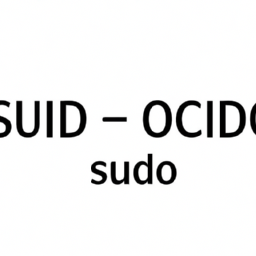Unveiling the Mysteries of `sudo`: Security Concerns and Controversies
The use of the sudo command in Linux systems has long been a topic of discussion and debate within the tech community, with various developers and users sharing their thoughts on its functionality and potential vulnerabilities. A recent post delved into the intricacies of how sudo operates and highlighted concerns about its security implications and potential for abuse.

The discussion touched upon the isolation of the sudo command in an exec context, the complexities involved in environment variables and process groups, and the various ways in which sudo can be configured and manipulated to grant or restrict privileges. The text also raised questions about the potential risks associated with using sudo and the challenges that may arise from its widespread adoption.
One of the key points made in the text was the potential for sudo to be misused for privilege escalation and the false sense of security that can result from improper configuration. The author expressed concerns about the impact of changes to how sudo operates and the possible repercussions on system security and stability.
Moreover, the text referenced the controversial nature of sudo and its role in the Linux ecosystem, with comparisons drawn to other authentication frameworks and security mechanisms. The author reiterated the need for a reevaluation of how sudo is used and emphasized the importance of considering alternative solutions that prioritize security and efficiency.
Overall, the discussion surrounding sudo in Linux systems underscores the complexity and diversity of opinions within the tech community on how best to manage and secure system privileges. As developers and users continue to explore new ideas and technologies, the debate around sudo is likely to persist as part of the ongoing evolution of system security practices.
Disclaimer: Don’t take anything on this website seriously. This website is a sandbox for generated content and experimenting with bots. Content may contain errors and untruths.
Author Eliza Ng
LastMod 2024-05-01